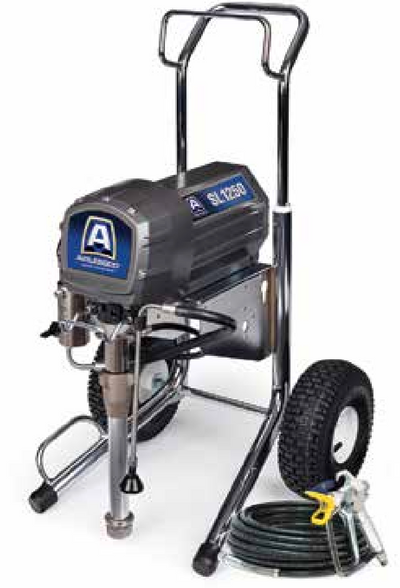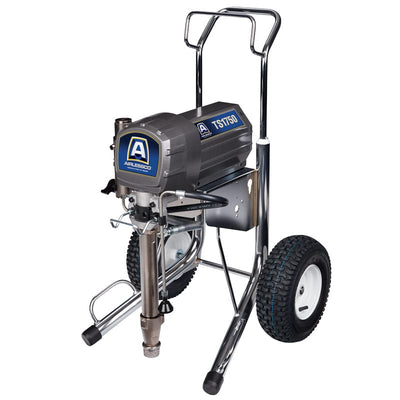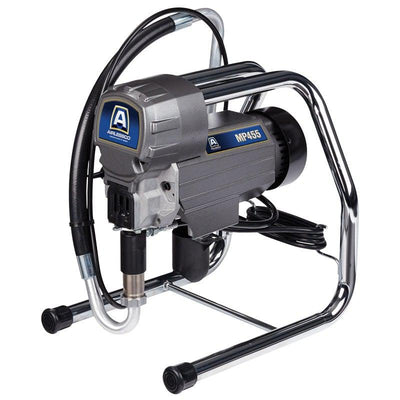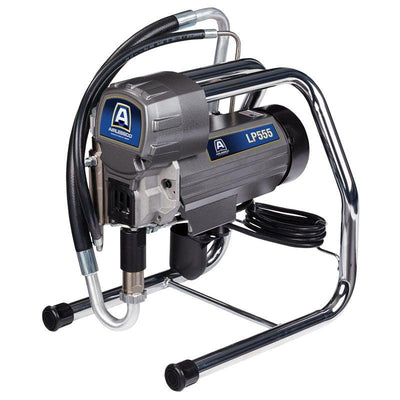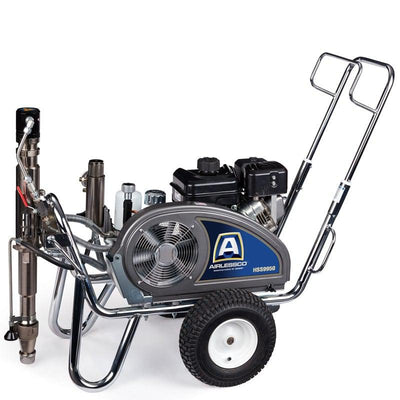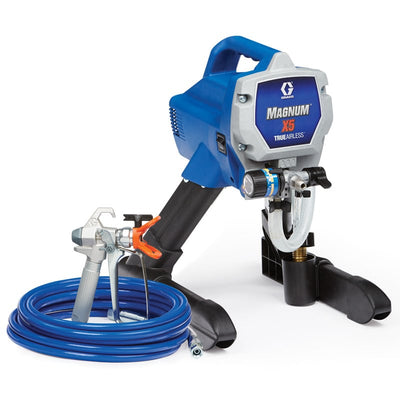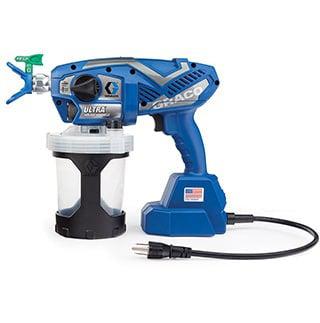How to Minimize Tip Clogs in Airless Sprayers and Spray Guns
Anyone who has been in finishing long enough knows that clogging of your airless paint sprayer or spray gun is a real hassle. It cost you time and effort to routinely and continuously have to clear plugs out of your tip. Additionally, it can create problems in your spray pattern, which can result in your finish not appearing as well. The purpose of this article will be to cover ways which you can prevent clogs from happening in your spray gun or airless paint sprayer.
Tip 1-Preparing the Material you use before Spraying
One key step you can implement if you do not currently practice is properly preparing your coating before putting it in the airless sprayer or pressure pot for spraying. To reduce the chance of clogs in your tip, you should strain the coating with an appropriate strainer. Strainers come in different mesh sizes with larger numbers reflecting finer filtration. To determine an appropriate mesh size for your particular coating it usually will require a bit of trial and error. What you will be trying to achieve is removal of anything in the coating while allowing the coating to still maintain its original formulation. One of the easiest ways to know if you have successfully done this is by reviewing your mesh after you have filtered you coating for application. If the mesh has contaminants in it but none of the original coating is left behind your most likely at an appropriate mesh. You can also consider going up one mesh size or down one mesh size to see if you can remove additional impurities while leaving the original coating intact. You can also check with your coating manufacturer for potential mesh screen size recommendations for a particular coating.
Tip two- Understanding the properties of your coating
In addition to properly screening material before you spray it, you also want to consider the properties of the individual coating or material you will be spraying. If your material has a tendency to separate and not stay in suspension, you may need to consider providing agitation while you are spraying the coating. If the material falls out of suspension you often will notice that the consistency of the material will change significantly during the course of spraying. At times the material will seem extremely light and at other times it’ll be heavy. This can create problems with your tip clogging. If this is a problem you’re experiencing review the material in your pressure pot or airless sprayer and see if the material has separated into components, if it has this is indicative that your material could use agitation. You can also consult with your coatings provider to see if they recommend agitating a given coating. If agitation is required, you want to determine if the materials highly viscous. If it is highly viscous you may need to use a gear reduced agitator as it will provide greater force of agitation. If the material is not highly viscous you can consider a standard agitator.
Tip three-Selecting a quality coating
An additional way you can help reduce any issues with your tip clogging in your spray equipment is selecting a higher quality coating. Typically, higher-quality coatings will provide better performance in spraying than a lower quality coating. You can also consider evaluating if a particular type of coating is made in a spray only format, spray only coatings are particularly common in wood finishes and are typically formulated to stay in suspension or be a viscosity that is easier to spray.
Tip four- Selecting filters in your spray equipment
Within your spray equipment depending if it’s an airless sprayer or a pressure pot, you can have anywhere from 0 to 2 filters. If you are having problems with tips clogging first you will want to check any existing filters to see if there are any particles that have been filtered. If the existing filter has not captured anything, you want to consider increasing the mesh size until contaminant is being properly prevented from flowing to the fluid tip. If after increasing the mesh size, you are still having issues with clogged tips, you can consider adding an additional filter depending on the equipment you are using. For example, you can add an outlet filter on a pressure pot to capture any contaminants. However, if you are using an airless sprayer you’ll typically be limited to two existing filters that come with the sprayer one being in the fluid section and the other in the base of your airless spray guns handle.
Tip five-Make it easier to clear any plugged tips
This tip is especially relevant for airless sprayers, as you can select reversible paint sprayer tips which allow you to turn them around and clear any clogs without having to remove the tip from the gun. If your spray gun keeps plugging, you can try alternative needle types like a plastic tip on your needle as it may help reduce issues.
Conclusion
Ultimately by properly preparing your material, selecting a quality coating, filtering material appropriately, and if needed considering agitation for your coating you can help reduce or eliminate issues with your tip plugging.


